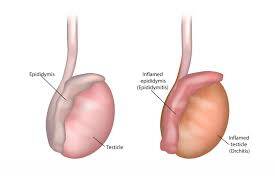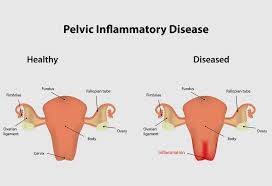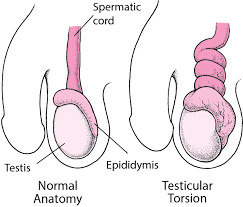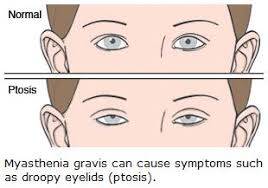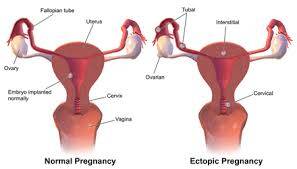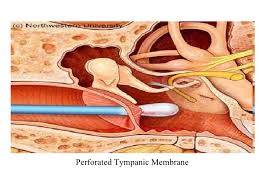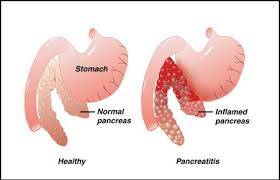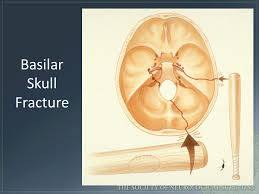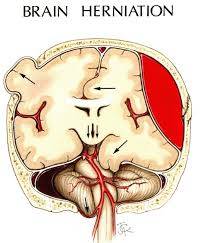CEN Epididymitis
CEN Epididymitis Overview
Epididymitis is an inflammation of the coiled tube (epididymis) at the back of the testicle that stores and carries sperm. Males of any age can get epididymitis. Epididymitis is most often caused by a bacterial infection, including sexually transmitted infections (STIs), such as gonorrhea or chlamydia. Sometimes, a testicle also becomes inflamed — a condition called epididymo-orchitis.Signs and Symptoms
- A swollen, red or warm scrotum
- Testicle pain and tenderness, usually on one side, that usually comes on gradually
- Painful urination or an urgent or frequent need to urinate
- Discharge from the penis
- Pain or discomfort in the lower abdomen or pelvic area
- Blood in the semen
- Less commonly, fever
Causes
- STIs. Gonorrhea and chlamydia are the most common causes of epididymitis in young, sexually active men.
- Other infections. Bacteria from a urinary tract or prostate infection might spread from the infected site to the epididymis. Also, viral infections, such as the mumps virus, can result in epididymitis.
- Urine in the epididymis (chemical epididymitis). This condition occurs when urine flows backward into the epididymis, possibly because of heavy lifting or straining.
- Trauma. A groin injury can cause epididymitis.
- Tuberculosis. Rarely, epididymitis can be caused by tuberculosis infection.
Risk Factors
Certain sexual behaviors that can lead to STIs put you at risk of sexually transmitted epididymitis, including having:- Sex with a partner who has an STI
- Sex without a condom
- A history of STIs
Treatment
Antibiotics are needed to treat bacterial epididymitis and epididymo-orchitis. If the cause of the bacterial infection is an STI, your sexual partner also needs treatment. Take the entire course of antibiotics prescribed by your doctor, even if your symptoms clear up sooner, to ensure that the infection is gone. You should start to feel better within 48 to 72 hours of starting an antibiotic. Resting, supporting the scrotum with an athletic strap, applying ice packs and taking pain medication can help relieve discomfort.Emergency Room Certification Courses
Overview
- Elite Reviews Offers A Variety Of Online Courses That Will More Than Adequately Help Prepare The Emergency Nurse To Pass The National Exam.
- Each Course Includes Continuing Education Credit and Sample Questions.
Continuing Education
- Each Of Our Online Courses Has Been Approved Continuing Education Contact Hours by the California Board of Nursing
- Login To Your Account In Order To Access The Course Completion Certificate Once The Course Is Complete.
CEN Free Trial
- FREE Sample Lecture & Practice Questions
- Available For 24 Hrs After Registration
- Click Free Trial Link To Get Started - CEN Free Trial
How It Works
How The Course Works
- First - Purchase The Course By Clicking On The Blue Add To Cart Button - You Will Then Be Prompted To Create A User Account.
- Second - After Creating An Account, All 3 Options (90, 120 or 150 Days) Will Be Listed. Select The Option You Desire And Delete The Other Two.
- Third - You Will Be Prompted To Pay For The Review Using PayPal - After Payment You Will Be Redirected Back To Your Account.
- Last - Click The Start Button Located Within Your Account To Begin The Program
- 175 Sample Questions
- Q & A With Rationales
- Approved For 5 CEU's
- 90 Days Availability
- Cost $75.00
- 1250+ Sample Questions
- Q & A With Rationales
- Approved For 25 CEU's
- 90 Days Availability
- Cost $200.00
CEN Practice Questions Bundle
- 1350+ Sample Questions
- Q & A With Rationales
- Approved For 30 CEU's
- 90 Days Availability
- Cost $225.00
CEN Review Course
- Option 1
- Lectures & 1250+ Questions
- Approved For 35 CEU's
- 90 Days Availability
- Cost $325.00
- Option 2
- Lectures & 2000+ Questions
- Approved For 40 CEU's
- 90 Days Availability
- Cost $350.00
CEN Review Course Bundle
- Option 3
- Lectures & 3000+ Questions
- Approved For 70 CEU's
- 90 Days Availability
- Cost $375.00

